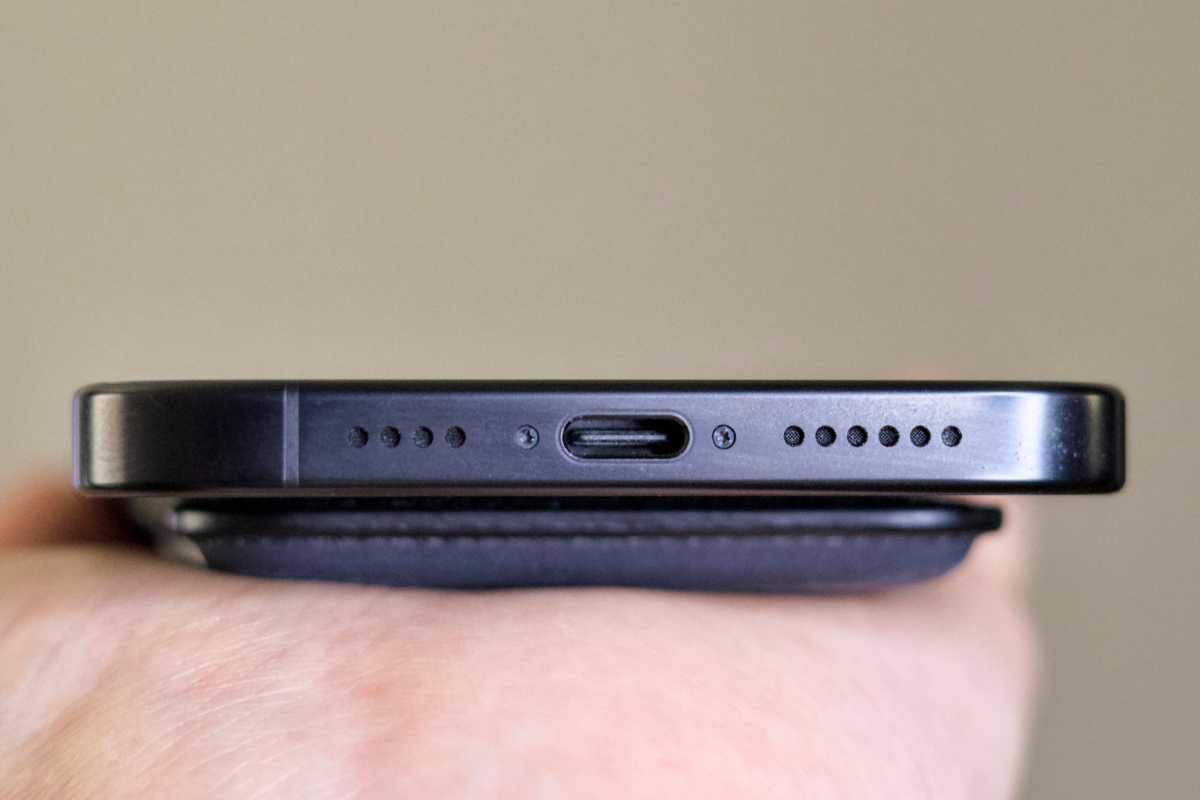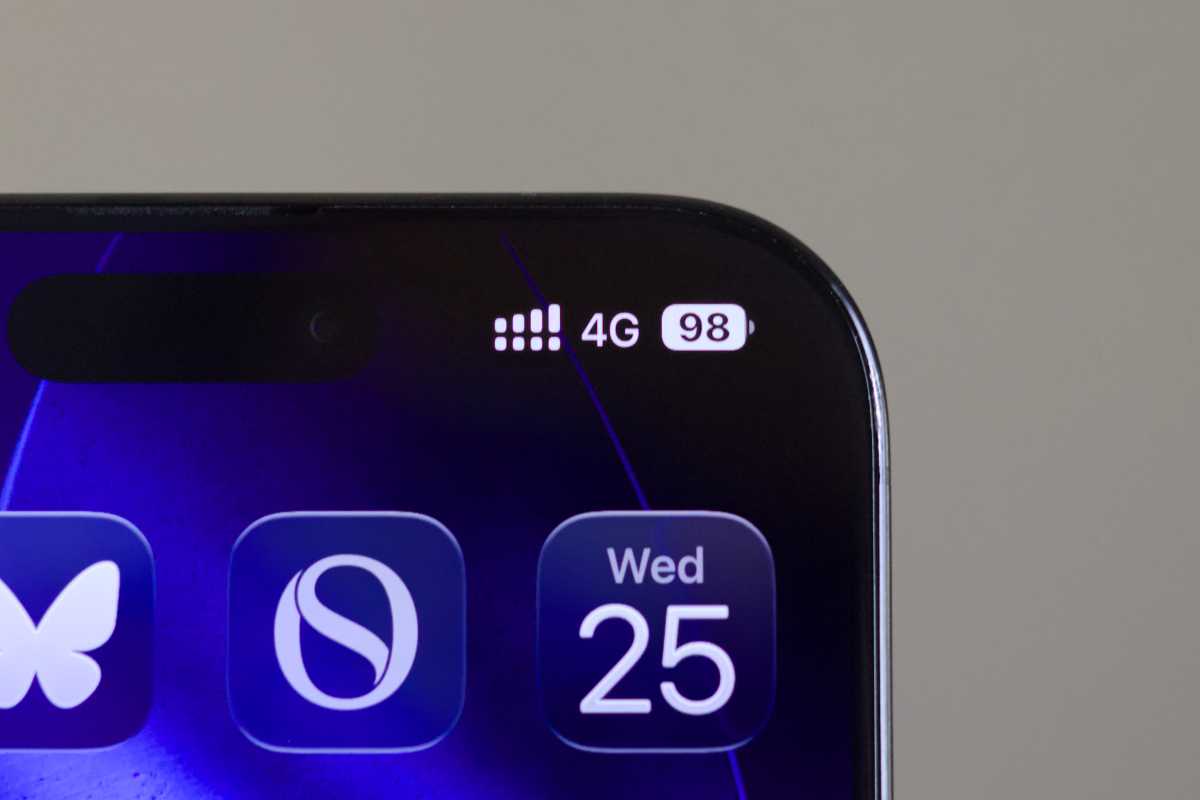The Glyptothek is a very revered museum in Munich, Germany, that was constructed by the Bavarian King Ludwig I to keep his collection of Greek and Roman sculptures. The museum was there designed by Leo von Klenze in the Neoclassical style, and was constructed in time period as lying between from 1816 to 1830. At present museum is a part of the Kunstareal. Along the Glyptothek other buildings there was constructed as the State Collection of Greek and Roman Antiquities, as a monument to ancient Greece. The king Ludwig conceptualized the “German Athens”, under which the ancient Greek culture is well remembered he got it constructed as before in front of the gates of Munich.
The layout of the Königsplatz complex was designed by the architects Karl von Fischer and Leo von Klenze in 1815 that later on modified in the style of a forum as the Glyptothek there on the north side. Colorful frescoes and stuccos made by varying style artists as Peter von Cornelius, Clemens von Zimmermann, and Wilhelm von Kaulbach beautify the walls of the walls of the museum. In the years as between the construction of museum in 1806 and its opening of the museum in 1830 Ludwig finished one of the most noted collections of Greek and Roman sculpture. By his agents, he managed to get such pieces as the Medusa Rondanini, the Barberini Faun, and, in 1813, the figures from the Aphaea temple on Aegina. The museum somehow survived the firing of the Second World War and somehow the art work in the museum, survived. But with the span of time the museum and frescoes there failed to survive and there only the museum was reopened in 1972 with lightly plastered bricks.
The museum was there designed in the Classical Greek – Italian style. Its portico is Ionic, and the outer walls contain niches, in which 18 original Roman and Greek sculptures stand, six on each wall. Its interior has domed vaulting. The museum initially was entirely made out of marble. Yet during World War II the museum was bombed, and later on reconstructed. The walls from the interior there are made of red brick and even are painted in a light plaster. The collection in the museum contains the works as from the archaic age that is about 650 BC to the Roman era 550 AD. Other noticeable sculptures, mosaic as well relief too is found here. This collection is supported by the terracotta and bronze collections in the Staatliche Antikensammlung that is located as opposite the Glyptothek.















